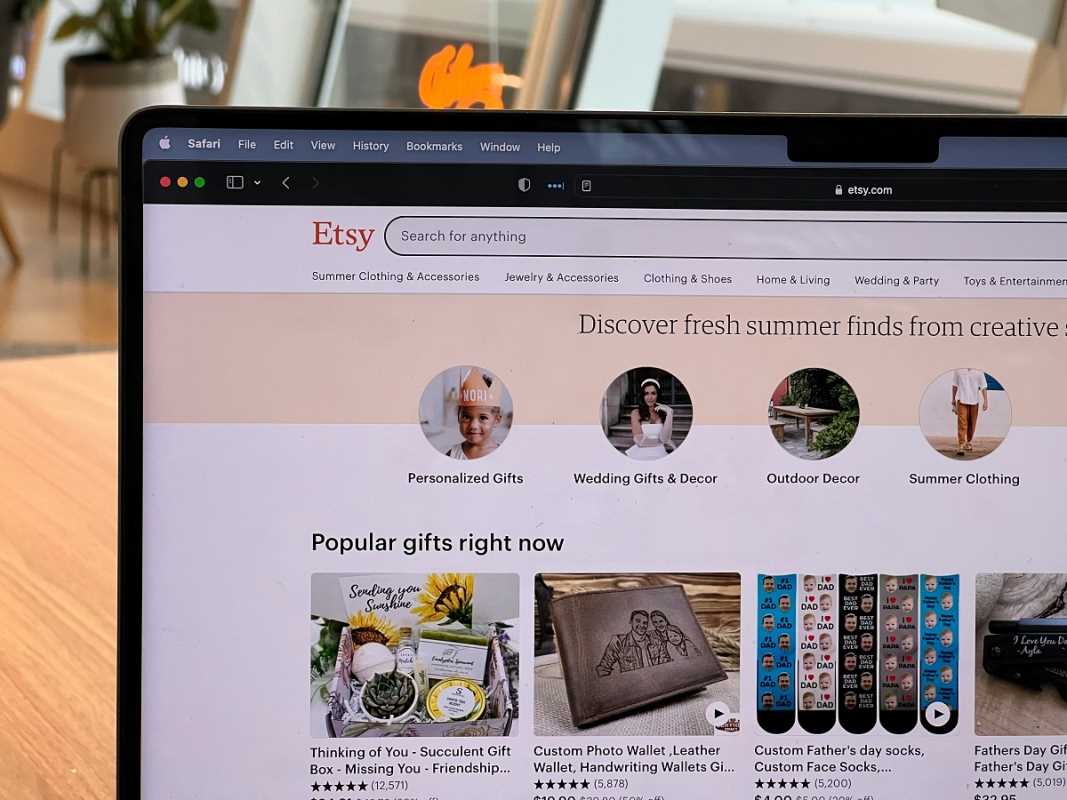Influencer marketing has exploded into a powerful channel for e-commerce brands aiming for rapid growth. It’s no longer just about celebrity endorsements; it's a strategic approach to connect with niche audiences through trusted voices. For online stores, a successful influencer partnership can drive massive traffic, boost sales, and build brand credibility faster than many traditional advertising methods.
Why Influencer Marketing Works for E-Commerce
Influencer marketing delivers authentic social proof. When a trusted creator recommends a product, it feels more like a friend's suggestion than a corporate ad. This authenticity is critical in a crowded digital marketplace. Consumers today are adept at tuning out traditional ads. Influencer content, however, cuts through the noise.
Consider these points:
- Targeted Reach: Influencers have cultivated specific, engaged communities. A partnership lets you tap directly into a pre-built audience that aligns with your ideal customer profile.
- High Engagement: Followers trust influencers. This trust leads to higher engagement rates—likes, comments, shares, and clicks—than typical brand-owned social media posts.
- Authentic Content: Influencers create content that feels native to the platform. This user-generated style is often more persuasive and relatable than polished brand campaigns.
For e-commerce, this translates directly to results. A study found that businesses make an average of $5.20 in revenue for every $1 spent on influencer marketing. The right partnership can be a game-changer.
Step 1: Finding the Right Influencers
Your campaign's success hinges on selecting the right partners. The influencer with the most followers is not always the best choice. Relevance and engagement are far more important metrics than a massive follower count.
Look Beyond Follower Counts
Influencers are generally categorized by their audience size:
- Mega-Influencers (1M+ followers): Celebrities with broad reach but often lower engagement. They are expensive and best for top-of-funnel brand awareness.
- Macro-Influencers (100K - 1M followers): Established creators, often professional YouTubers or bloggers. They offer a balance of reach and engagement.
- Micro-Influencers (10K - 100K followers): Niche experts with highly engaged, loyal communities. They are more affordable and often seen as more authentic.
- Nano-Influencers (1K - 10K followers): Everyday people with strong influence in their local or niche communities. Their recommendations carry significant weight.
For many e-commerce stores, micro and nano-influencers deliver the best return on investment. Their followers share a specific interest and deeply trust their recommendations, leading to higher conversion rates.
How to Discover Potential Partners
- Analyze Your Own Followers: Who are the influential people already following and engaging with your brand? They are your warmest leads for a partnership.
- Hashtag and Keyword Research: Search for relevant hashtags on Instagram, TikTok, and other platforms. See who is creating popular content in your niche.
- Use Influencer Marketing Platforms: Tools like Upfluence, Grin, and AspireIQ help you search for influencers based on specific criteria like audience demographics, engagement rates, and location. These platforms streamline the discovery and vetting process.
- Check Competitor Mentions: See which influencers your competitors are working with. This can give you an idea of who is active and effective in your space.
Vet Your Candidates Thoroughly
Once you have a list of potential partners, dig deeper.
- Check Engagement Rate: An influencer's engagement rate (likes + comments / followers) should be healthy, typically above 2-3%. Low engagement on a large account can be a red flag for fake followers.
- Review Audience Demographics: Ask for a media kit or use platform tools to see if their audience matches your target customer. Look at age, gender, location, and interests.
- Assess Content Quality and Brand Alignment: Does their content style, tone, and values align with your brand? A mismatch can feel inauthentic and damage both your brand and the influencer's credibility.
Step 2: Structuring the Partnership and Compensation
Once you've identified the right influencers, you need to structure a deal that is fair and motivating for both parties.
Define Clear Campaign Goals
What do you want to achieve? Your goals will determine the type of content you need.
- Brand Awareness: Focus on reach and impressions. Content could be story posts or a mention in a YouTube video.
- Sales and Conversions: Focus on clicks and sales. Content should include a strong call-to-action, a unique discount code, and trackable links.
- Content Generation: Use the partnership to create high-quality, authentic user-generated content (UGC) that you can repurpose on your own marketing channels.
Choose a Compensation Model
There are several ways to pay influencers:
- Pay-Per-Post: A flat fee for a specific deliverable (e.g., one Instagram post and three stories). This is the most common model.
- Affiliate/Commission: The influencer earns a percentage of the sales they generate through their unique link or discount code. This is a performance-based model that minimizes upfront risk for the brand.
- Gifting/Product Seeding: Sending free products in exchange for an honest review or post. This works best with nano-influencers or as a way to start a relationship with larger creators.
- Hybrid Model: A combination of a flat fee and a commission-based bonus. This model is often very effective, as it provides security for the influencer while incentivizing performance.
Always formalize the agreement with a contract. The contract should clearly outline deliverables, usage rights for the content, payment terms, and disclosure guidelines (e.g., using #ad or #sponsored).
Step 3: Measuring ROI and Proving Success
To scale your influencer program, you need to prove it works. Tracking the return on investment (ROI) is essential for justifying the budget and optimizing future campaigns.
Key Metrics to Track
- Reach and Impressions: How many people saw the content? This is a top-of-funnel metric for brand awareness.
- Engagement Rate: How did the audience react? Look at likes, comments, shares, and saves. High engagement signals a strong connection.
- Click-Through Rate (CTR): How many people clicked the link in the influencer's bio or story? Use UTM parameters or platform-specific links (like a "Swipe Up" link on Instagram) to track this.
- Conversions and Sales: This is the most important metric for most e-commerce brands. Track sales generated through:
- Unique Discount Codes: Create a unique code for each influencer (e.g., "INFLUENCER15"). This is the easiest way to attribute sales directly to their efforts.
- UTM-Tracked Links: Use custom URLs to track traffic and conversions from each influencer in Google Analytics.
- Cost Per Acquisition (CPA): Calculate how much it cost to acquire each new customer through the campaign (Total Campaign Cost / Number of Conversions). Compare this to your other marketing channels.
Step 4: Building Long-Term Relationships
One-off campaigns can be effective, but the real power of influencer marketing comes from building long-term partnerships. Turning influencers into true brand ambassadors creates a deeper, more authentic connection with their audience.
The Benefits of Long-Term Collaborations
- Increased Authenticity: When an influencer features your product multiple times over a long period, their endorsement becomes more believable.
- Deeper Audience Trust: Repetition builds trust. The audience becomes familiar with your brand and sees it as a staple in the creator's life.
- More Valuable Feedback: Long-term partners can provide invaluable feedback on your products and marketing messages. They know their audience better than anyone.
To foster these relationships, treat your influencers like true partners. Pay them on time, communicate openly, and give them creative freedom. Consider creating an exclusive ambassador program with special perks, early access to new products, and higher commission rates.
By moving from transactional campaigns to relational partnerships, you can transform influencer marketing from a simple tactic into a core pillar of your e-commerce growth strategy.
 (Image via
(Image via

.jpg)



